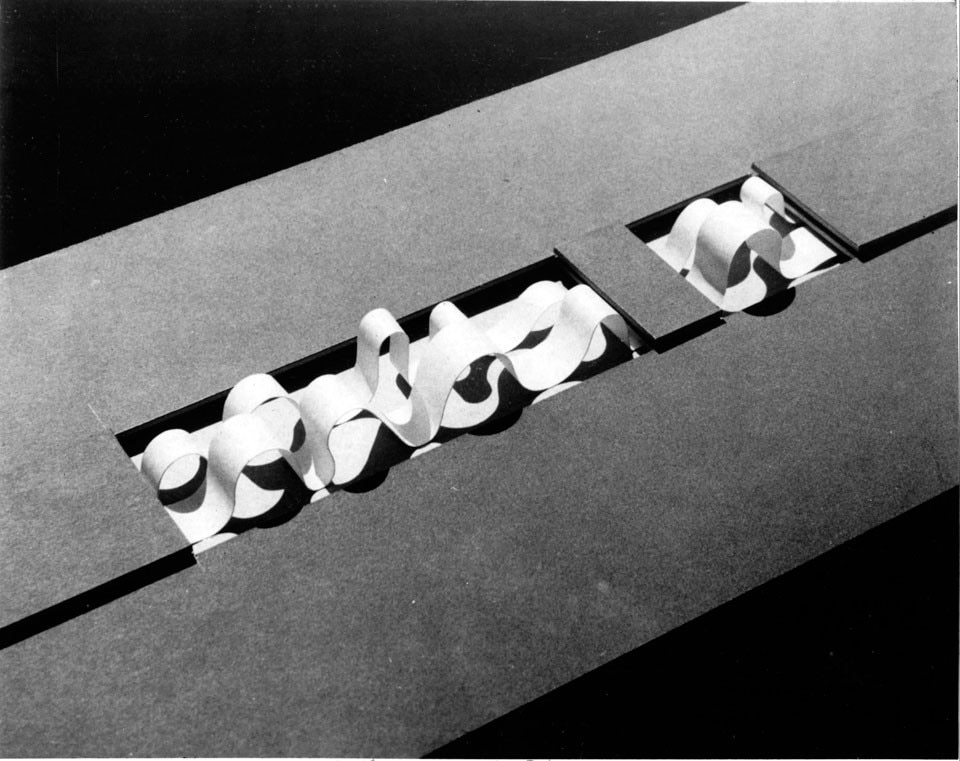This article was originally published in Domus 967 / March 2013 following article evolved from three interviews with Mary Otis Stevens that Ute Meta Bauer and Pelin Tan taped in May 2011 on the cultural movements of the 1950s, ’60s and ’70s.
Mary Otis Stevens graduated from MIT Architecture in 1956 after a previous liberal arts education at Smith College. MIT in those years was a vibrant intellectual and artistic environment. Alvar Aalto was a visiting professor while he was designing an MIT dormitory; Eero Saarinen was a visiting lecturer while working on the auditorium and chapel; and Buckminster Fuller, who happened to be a close family friend, spent part of each spring term at MIT while Stevens was a student. “We often lunched together and Bucky spent time with my classmates which pleased them but not always the faculty, who did not welcome geodesic domes filling up their studios!” Although at that time few women were engaged in the design professions, that did not affect the milieu that Stevens associated with in the Boston-Cambridge area, well known for its social and political activism. After briefly working for The Architects Collaborative under Walter Gropius, Stevens joined former MIT faculty member Thomas McNulty and several of his colleagues in starting an experimental architectural practice.
They found clients who were receptive to their ideas and willing to support their projects, several of which won architectural awards. Inspired by their participation with György Kepes (founder of MIT’s Center for Advanced Visual Studies) in the 1968 Milan Triennale curated by Giancarlo De Carlo, Stevens and McNulty formed i Press Inc. (1968-1978) to publish a series of books on architecture with a social context. Stevens founded Design Guild in 1975, an interdisciplinary design firm focused on sustainable development, historic preservation and adaptive re-use. Leaving architectural practice in 1992, Stevens has spent the subsequent decades engaged in other cultural and civic activities, most recently Barack Obama’s 2012 re-election campaign.
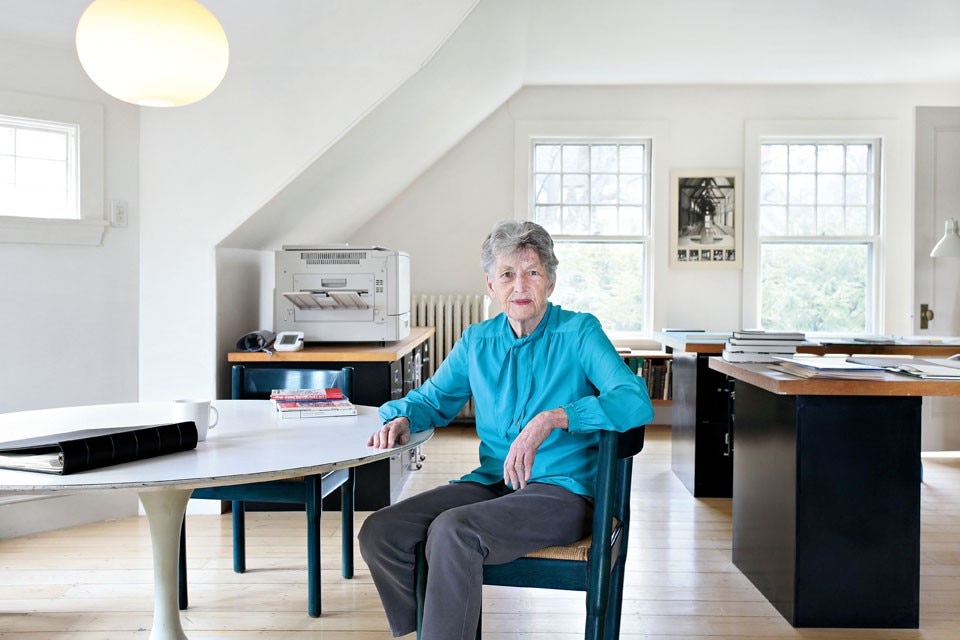
Ute Meta Bauer: The demolition of modernist architecture in the US is just shocking. I was wondering when and why such a thing happened to the Lincoln House.
Mary Otis Stevens: It was demolished in 1999, during the period when modernist buildings from Cape Cod to California were being torn down due to a pervasive and hostile cultural rejection of modernism and everything it stood for. In the US, the political anger now being expressed with the Tea Party first came out on the home front. What Thomas McNulty and I were doing was not a public building but a house, with no doors and no hierarchy. Although it was our own home, it was an experiment and that was threatening. We chose the Lincoln site because that was the town where Walter Gropius had done his experiment. It seemed ok at the time to build our idea of a house, almost three decades after Gropius had done his. Columbus, a Midwestern town in Indiana, had established a tradition beginning with Eero Saarinen of inviting contemporary architects and artists to try out ideas there, and that was fine with the residents. But in Lincoln, an affluent post-World War II suburb of Boston, it was not fine at all. In fact, on a visit to our house, Gropius told me that when he built there in 1938 the townspeople called his house a “chicken coop”.
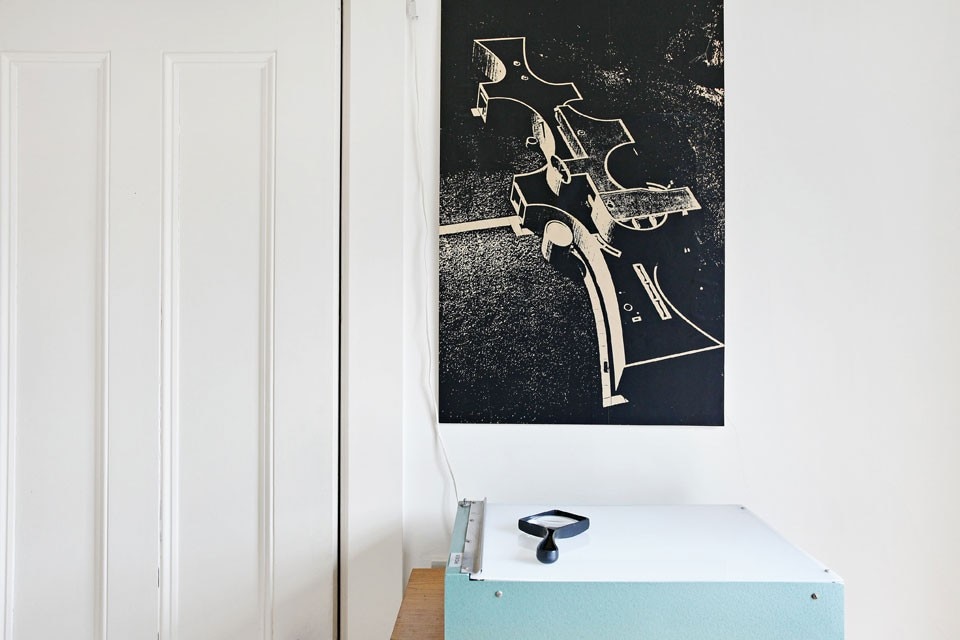
Mary: If you look at our lives in terms of movement and hesitation, you see that today, like all days, we have been moving about and now we are sitting here in a period of transition, a time or pulsation or whatever one calls the flux of human life. We move and then we rest; we are never totally at rest, nor are we always in movement.
Ute: In contrast with Le Corbusier’s concept of a house as a “machine for living”, yours is more organically derived.
Mary: Right, like plants: in spring their bulbs start to sprout, and then they bloom in summer and are harvested in the fall before dying back into winter’s dormancy. And then they wake up again. It is all movement, but not as people think. Life is not just the fast lane as Zaha Hadid renders her buildings — all seen at 60 miles per hour. No!
Ute: Mary, you also mentioned the classes you took in the Visual Design Program. I didn’t know there was already such a programme in the Department of Architecture when you were a student here at MIT.
Mary: Yes, it included a course called Light and Color and it was a required component of our education in architecture.
Ute: Nobody knows that! This history needs to be written. When I came to MIT I was asked quite often — as we are one of the five discipline groups in architecture — why art or visual studies should be part of the core of an architecture education. So visual design and arts have long played a role in MIT’s architecture curriculum.
Mary: And a vital one, too!
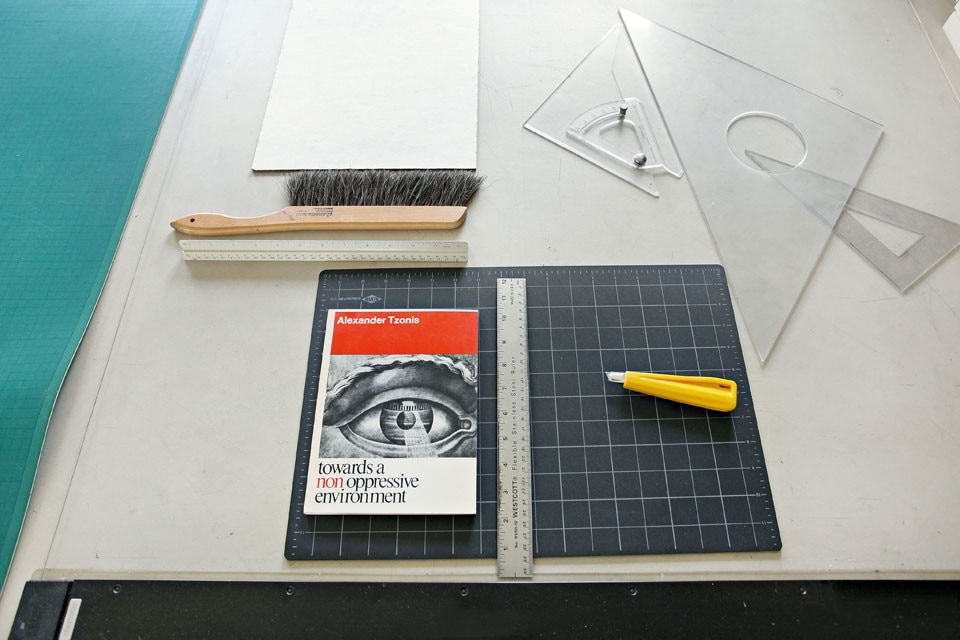
Ute: György Kepes’s Vision + Value books are also amazing! Just look at them to see what he proposed to understand and visualise: biological systems and structures. But returning to you, there weren’t many women like you in architecture at MIT back then, neither among the students nor in the faculty. How many women were there in architecture?
Mary: Not many. I was an obvious anomaly, yet I was an outsider in far more significant ways. I already had an undergraduate degree in philosophy so I was approaching architecture from a broader perspective. I grew up in the Roosevelt era, and during my undergraduate years I was involved in the civil rights movement before segregation had officially ended and Martin Luther King had organised his marches. Many of my fellow students in architecture were very narrow in their focus; their goal was to acquire the appropriate skills for a successful practice.
Pelin: Together with György Kepes, you and Thomas McNulty participated in the 1968 Milan Triennale under the direction of Giancarlo De Carlo.
Mary: Giancarlo was very well regarded by students and faculty in MIT’s School of Architecture + Planning. He came on a regular basis to give studios. He would do one semester at MIT and the next term the students would go to Urbino.
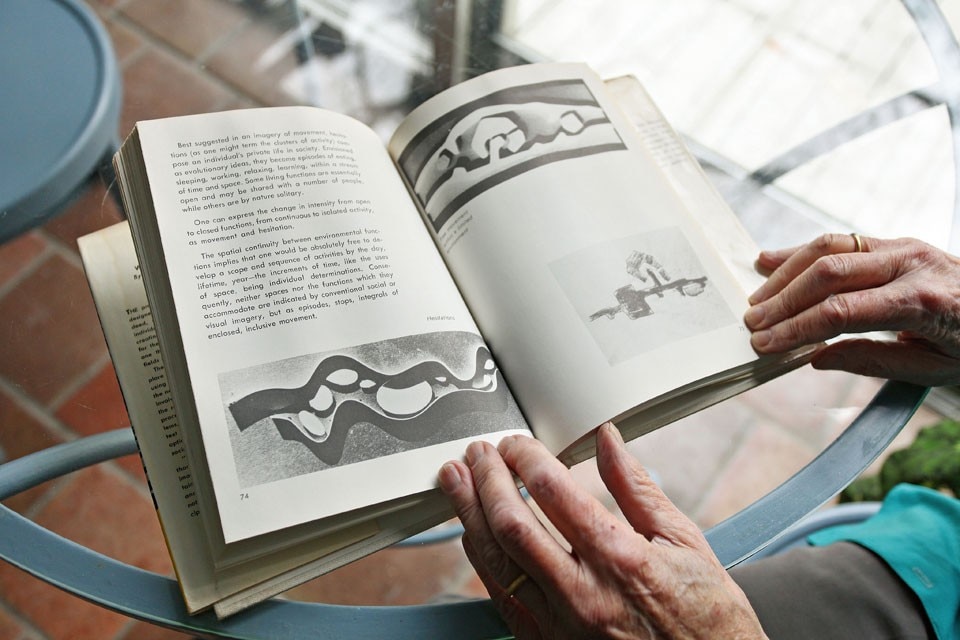
Pelin: How was your and Tom’s experience with Giancarlo? And what are your thoughts on his Urbino workshop and residency in MIT?
Mary: Urbino was his workshop. He was showcasing his ideas on urbanism in his projects to move that medieval community into the contemporary world without turning it into a tourist trap like most of that region. Giancarlo was a very interesting person and both Tom and I liked him very much. Tom had met him in 1952 during his Fulbright Fellowship in Italy when Giancarlo was just starting out.
Pelin: It must have been in Venice because that was when Giancarlo moved there to study architecture, after first studying engineering at Milan Polytechnic. He stayed in Venice for a long time.
Mary: I came to know Giancarlo through my light mural for the City at Night exhibit at the Triennale.
Ute: Is that when you came up with life is a rhythm?
Mary: Movement, right, but it was more movement than Kepes wanted!
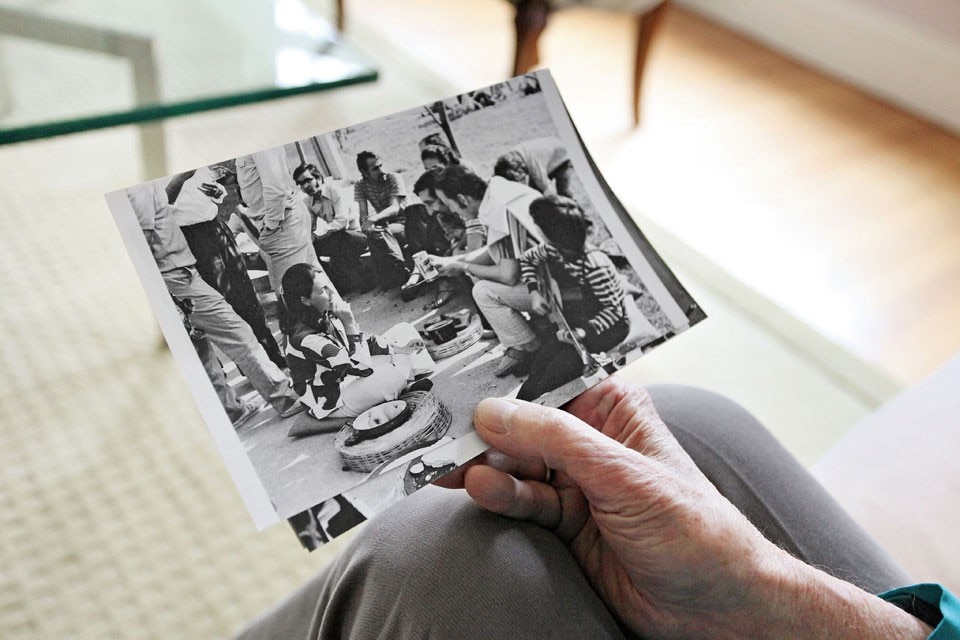
Pelin: There was criticism of Giancarlo and the Triennale from some artists and intellectuals in leftist movements.
Mary: When Giancarlo gave the choice spot in the whole exhibition hall in Milan to Alison and Peter Smithson, he didn’t realise what they were going to do with it. He never expected a return to the Renaissance because the Smithsons were identified with England’s postwar social housing, based on Le Corbusier’s Unité d’Habitation in Marseille. Unfortunately, England’s climate in those industrial regions where their projects are located is damp and overcast, not conducive to Mediterranean lifestyles.
Pelin: It is also important to understand the Smithsons’ treatment of domestic space, their utopian ideas of everyday life and children. Although the Smithsons use the same words, when you analyse how the street and public areas are to provide domestic space for children, you find that instead the Smithsons created controlling environments. I think it is the total opposite to Yona Friedman’s vision of domestic space and everyday life practice in streets.
Mary: Intended to be conducive to neighbourly exchanges, the laundromats, day-care centres and social amenities of these mega-scaled concrete structures often proved to be counterproductive, by drawing residents away from the street life of the surrounding community and fostering social isolation. Perhaps as a relief from their commissions, and to make an oblique criticism of the Modern Movement’s social engineering, Peter and Alison Smithson used their wall space at the Triennale to reproduce Renaissance scenes of Florence in the spring. Processions of the leading families all in beautiful costumes, with their dogs and horses enlivening their retinues, imparted joy, a joy in living. So I think that the Smithsons had a change of heart; they fell in love with Italy. I knew and liked them both and could empathise with what they were trying to express. Neither one was an ideologue. They were free spirits, and they had done their exhibit in good faith. However, many artists and intellectuals actively involved in Europe’s 1968 student uprisings were violent in their opposition and took to the streets, causing the Triennale to shut down for the rest of the summer — effectively preventing the public from ever viewing what has been exhibited at the Triennale.
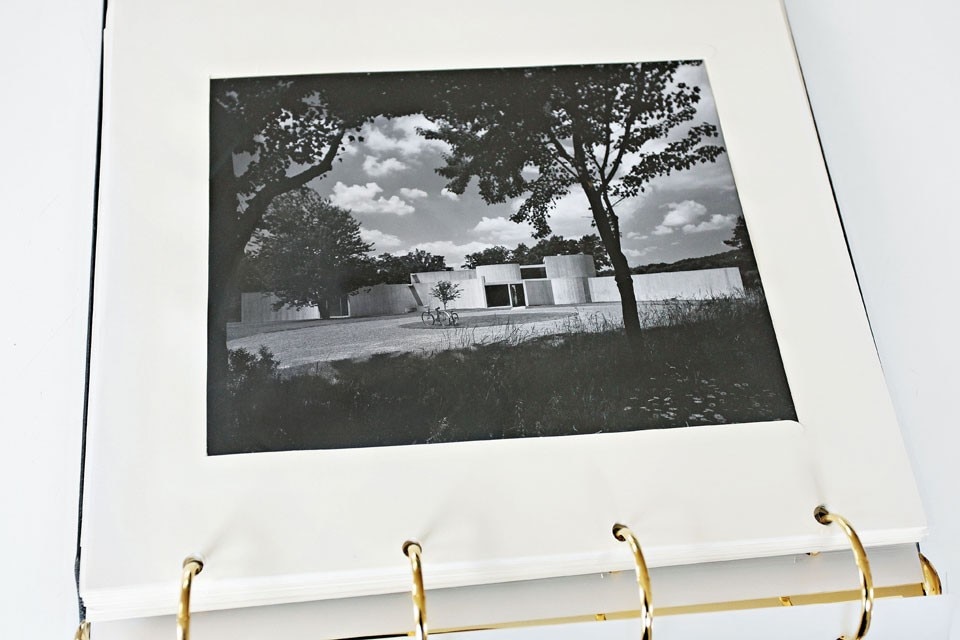
Pelin: What about Constantinos Doxiadis and his summer think-thank, one of the main figures in Team 10?
Mary: Besides a well-regarded roster of architects and planners, his summer think-tank also attracted pundits like Bucky Fuller and Margaret Mead, to cruise around the Mediterranean in his big yacht equipped with all the amenities while dealing with the severe problems of inner cities. Doxiadis was not as austere as the pure modernists in his outlook. His views had a warmer gloss. During World War II, existence had been so harsh that for a long time afterwards pleasure was not a primary concern in resuscitating societies. But then, after a while, in the prosperous postwar decades, attitudes began to change: why shouldn’t I enjoy life when I can have all this and all that? The lures of consumer society spread like an epidemic. Nobody wanted to be a worker anymore. Basically everyone wanted to be middle class, and in America it was easily accomplished because after a day’s work you could change clothes and drive your king-sized American car to your suburban home with its backyard barbeque and swing sets. It felt good, and why not? American industrial cities were cramped and dirty while their satellite communities offered a way out — land was available and cheap. Most compelling, the suburbs promised no social or cultural unrest. Families didn’t have to worry about their neighbours, because thanks to careful marketing on the part of developers they were all alike. While the poor and most minorities remained in the cities — with the exception of wealthy elites clustered around cultural centres designed for them — the white middle classes fled to suburbia. This social and cultural divide was against everything the earlier more egalitarian American society had stood for: a melting pot.
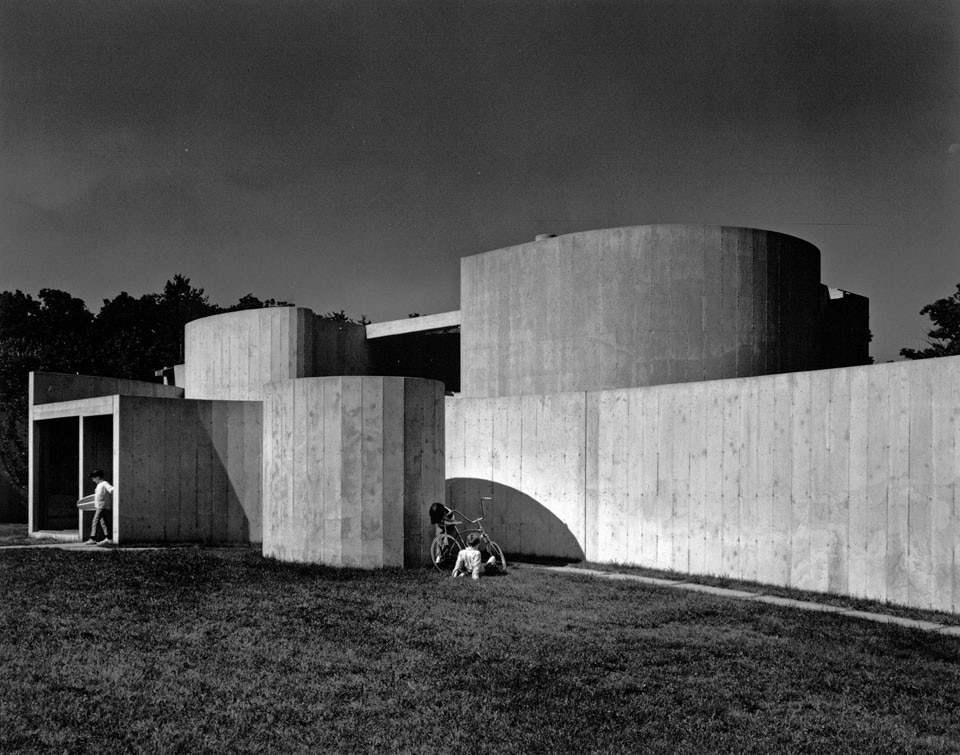
Ute: Mary, we actually met several years ago through the architectural theorist and historian Liane Lefaivre, who has been writing about the Lincoln House. She was the one who told me you gave your and Thomas McNulty’s archive to the MIT Museum.
Mary: When Tom died in 1984 at the age of 65, I contacted MIT about his archives. I brought over some boxes that Tom had taken with him in 1978 to Saudi Arabia, where he spent his last years teaching at the University of Riyadh. Sometime later, when Liane Lefaivre was writing an article about the Lincoln House for Harvard Design Magazine, I visited the archives for material and discovered that a number of studies under his name were mixed with mine. Since we had been working closely together over two decades, it was not surprising that our constructs were combined. You can’t really separate them; you should say they are from both of us. In 2004 I worked with Gary Van Zante, curator of architecture and design at the MIT Museum, on transferring my archives and the rest of Tom’s. With the prospect of an exhibition of this material, Katharina Tanzberger, a young Viennese architect with a grant from the Austrian government, came to MIT for three months in 2006 to catalogue a certain amount of our combined archives.
Ute: When you discussed the possibility of this exhibition, what did you have in mind to show?
Mary: The materialisation of ideas — from thought to action, action to thought and so on in a cycle. This is the important aspect of creation. Action is produced by a thought, but it can also produce a thought. So it all comes together, one phase after another. The Lincoln House was not separate from all its variations in the visual constructs that Tom and I worked on during our life together.
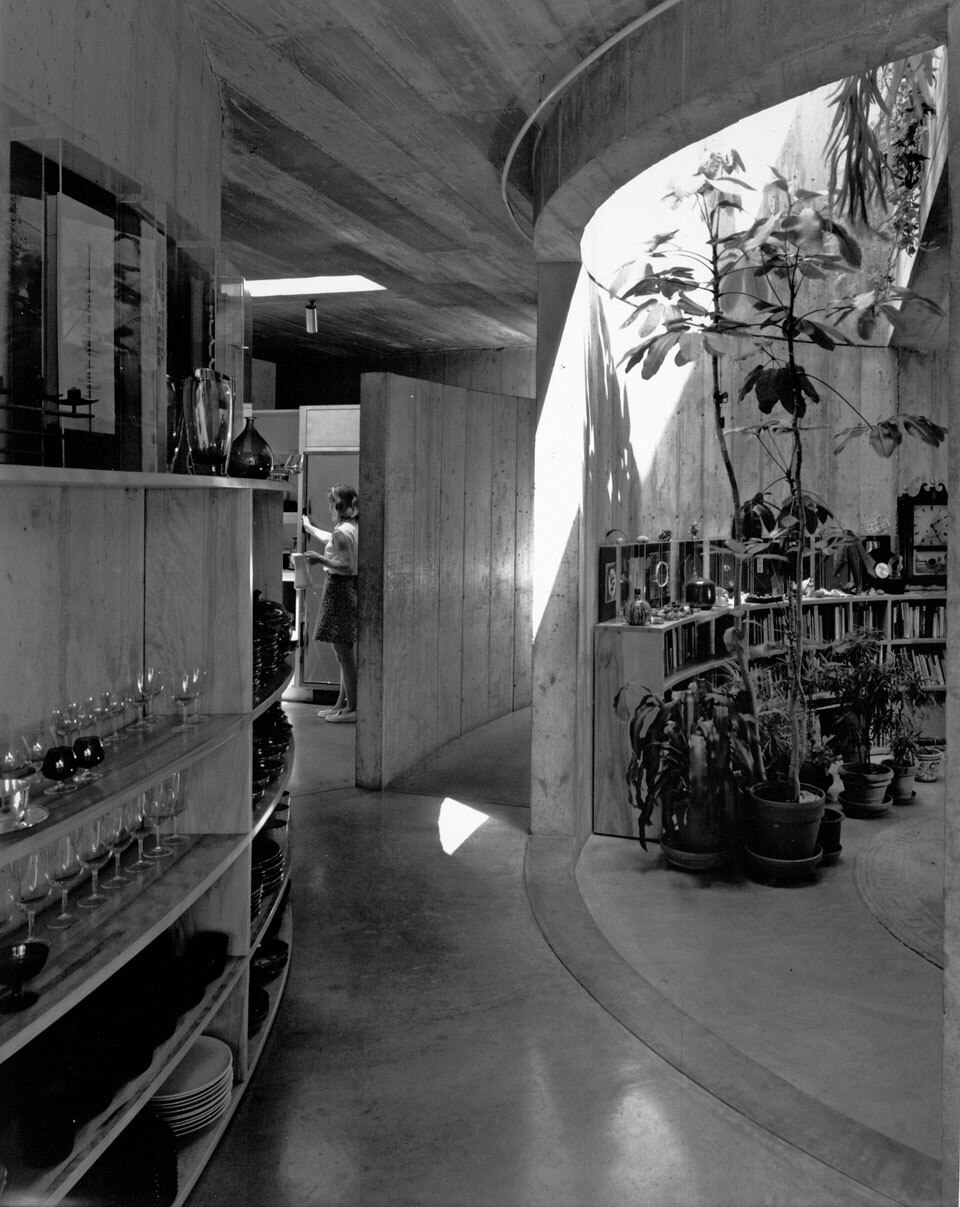
Ute: When you pointed out those connections to students on my course at MIT, it became so logical moving from the micro studies to the actualized design. Both address the real, but in different ways. It’s a transitional process, a transposition of scale and medium. Basically what happens in art and architecture is a kind of evolution, a transformation as in natural organisms.
Mary: Even more exciting, the fusion creates something entirely new in the human universe. What I wanted to bring to your Visual Arts Program was the excitement in making and renewing human languages. When our world changes — as it does all the time — our languages change, whether verbal or visual. One honours the old by not replicating it. Why retreat into a pseudo-past that could never be real? This has been my contention with the post-modernists. However, they pointed out a major flaw in the Modern Movement: its abstraction that often deleted too much human content for its formulations to communicate beyond a limited circle, and so reducing its effectiveness as a language. I remember Serge Chermayeff saying in a seminar, “I design for the absolute man.” Who is that absolute man — not much different from the ciphers populating the visions of utopian architects and planners in the Soviet Union and the West? However, I view the pop art period that has followed as an overreaction, but in the other direction. The literalness of the imagery diminishes what it can communicate below the surface. Replication, even in parody, does not turn the key to reality; it simulates but can’t generate. The experiments with visual languages that Thomas McNulty and I carried out stemmed from those by György Kepes and other creators of the Modern Movement — a big challenge. The work was, I think, well worth doing — and recording. Pelin Tan, sociologist, art historian, assistant professor KHAS University Istanbul, Ute Meta Bauer, curator and associate professor at MIT, Boston



